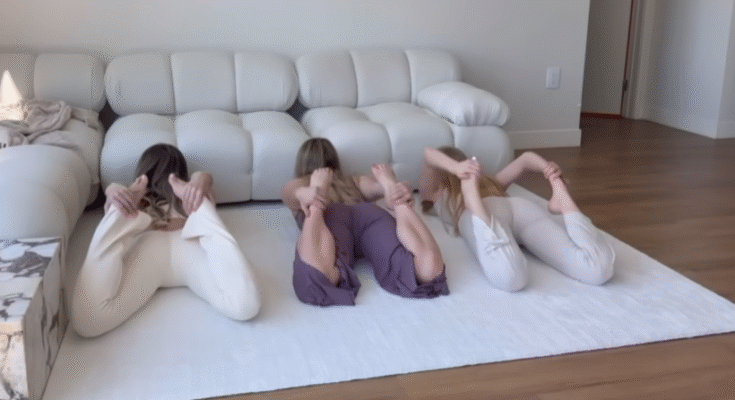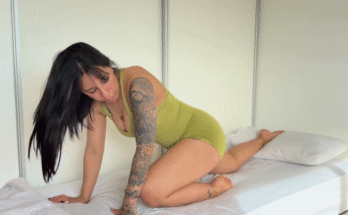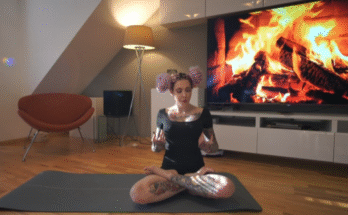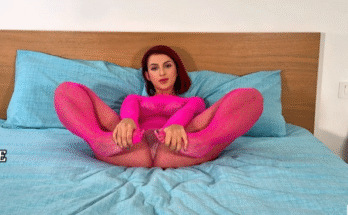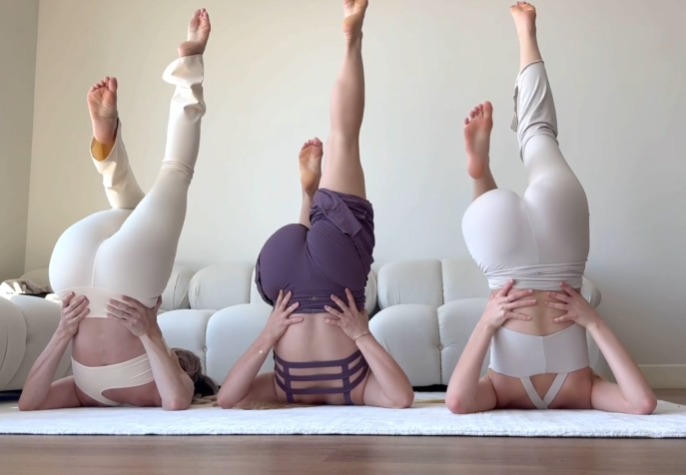
In a fast-paced world filled with constant movement and mental stimulation, deep stretching yoga offers a much-needed invitation to slow down, tune in, and nurture both the body and mind. A deep stretching yoga flow is not just about flexibility—it’s about restoring balance, releasing tension, and connecting with the present moment through mindful, sustained poses. Whether you’re an athlete, an office worker, or simply someone looking for relief from daily stress, this gentle and grounding practice is a powerful tool for healing and renewal.
What is Deep Stretching Yoga?
Deep stretching yoga, often associated with yin yoga or restorative yoga, focuses on long-held poses that target the deeper layers of connective tissue in the body. Unlike faster-paced vinyasa or power yoga, deep stretching emphasizes stillness, breath control, and patience. Poses are typically held for 2 to 5 minutes or longer, allowing time for muscles to relax and for the fascia—the connective tissue surrounding muscles and joints—to gently release.
This practice promotes joint health, improves circulation, and enhances overall flexibility. But beyond the physical, it also offers mental and emotional clarity by encouraging mindfulness and deep relaxation. It’s especially beneficial for those dealing with tight hips, hamstrings, lower back pain, or chronic stress.
Setting Up for Your Practice
Before you begin your deep stretching yoga flow, it’s important to set the right environment. Choose a quiet, comfortable space where you won’t be interrupted. Use a yoga mat, and have props nearby such as blocks, bolsters, blankets, or pillows. These tools help support your body in the poses, making it easier to hold them longer and go deeper.
Light a candle or play soft instrumental music if it helps you relax. You may also dim the lights or practice by a window to enjoy natural light. Remember, this is your time to pause, reflect, and care for yourself.
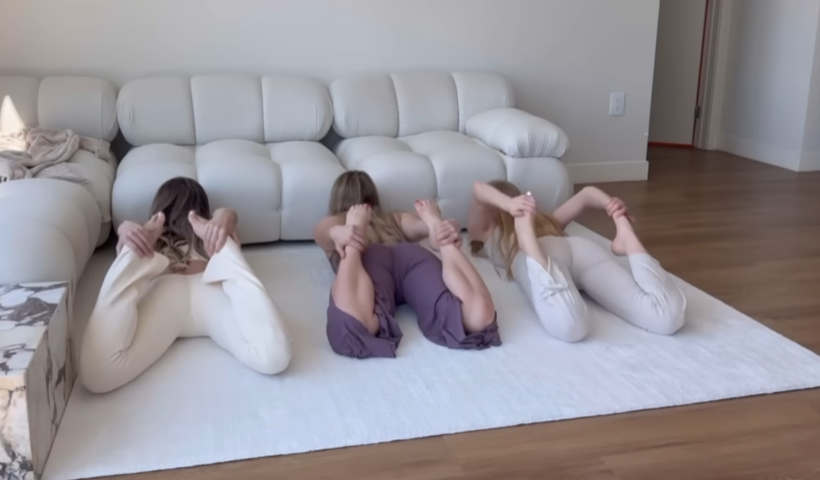
Breathing and Mindfulness
A key element of deep stretching yoga is the breath. Focused breathing helps the body relax and prepares it for deeper stretching. Begin with a few minutes of seated breathing. Sit comfortably, close your eyes, and inhale deeply through the nose, expanding the belly. Exhale slowly through the mouth or nose, letting go of tension with each breath. Stay with this breath pattern throughout the flow.
As you move through each pose, stay aware of your thoughts and sensations. Instead of pushing or judging your body, practice acceptance. If you feel discomfort, ease back. If your mind wanders, gently return your focus to the breath.
The Deep Stretching Yoga Flow
Here’s a suggested 45–60 minute flow you can follow. You can adjust the duration of each pose based on your comfort level.
1. Butterfly Pose (Supta Baddha Konasana) – 3–5 minutes
Sit with the soles of your feet together, letting your knees fall open like butterfly wings. Use blocks or cushions under your knees for support if needed. Keep your spine long or lie back onto a bolster or the floor. This pose opens the hips and inner thighs.
2. Seated Forward Fold (Paschimottanasana) – 3–5 minutes
Extend your legs in front of you. Hinge at the hips and slowly fold forward, letting your arms rest on your legs or the mat. Use a strap around your feet if needed. This stretches the hamstrings and lower back.
3. Dragon Pose (Low Lunge Variation) – 2–4 minutes each side
Step your right foot forward into a lunge, lowering your left knee to the mat. Sink your hips down, feeling the stretch in the hip flexors and groin. Place blocks under your hands for support. Repeat on the other side.
4. Half Split Pose (Ardha Hanumanasana) – 2–4 minutes each side
From your lunge, shift your hips back and straighten your front leg, flexing your foot. Fold gently over your front leg for a deeper hamstring stretch.
5. Pigeon Pose (Eka Pada Rajakapotasana) – 3–5 minutes each side
Bring your right knee forward and place it behind your right wrist, letting your shin angle naturally. Stretch your left leg behind you. Lower your torso over your front leg and rest on your forearms or a bolster. Switch sides after a few minutes. This targets the glutes and hips.
6. Caterpillar Pose – 3–5 minutes
Sit with legs extended and relax your spine as you fold forward. This is similar to the seated forward fold but more relaxed, allowing the spine to round naturally. Use props under your knees or chest for support.
7. Legs Up the Wall (Viparita Karani) – 5–10 minutes
Lie on your back with your legs extended up a wall. Let your arms rest by your sides, palms facing up. This restorative inversion calms the nervous system and improves circulation. Focus on slow, even breathing.
8. Supine Twist – 2–3 minutes each side
Lie on your back, hug your knees to your chest, and drop them to one side. Extend your arms in a T-shape and gaze in the opposite direction. This gentle twist relieves tension in the spine and massages the internal organs.
9. Savasana (Final Resting Pose) – 5–10 minutes
End your practice lying flat on your back with legs extended and arms relaxed. Let your whole body soften into the mat. Focus on the rhythm of your breath and allow your mind to drift into stillness.
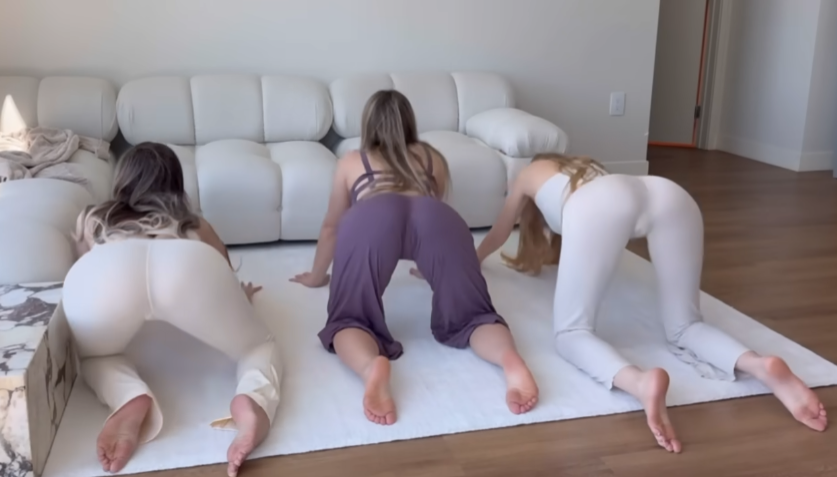
The Benefits of Deep Stretching Yoga Flow
Practicing deep stretching yoga regularly provides numerous benefits for both body and mind:
- Increased flexibility: Long-held stretches allow for a gradual release of tight muscles and connective tissue.
- Improved posture and mobility: As tension dissolves, it becomes easier to move and stand tall.
- Enhanced recovery: Athletes and fitness enthusiasts often use deep stretching to speed up muscle recovery.
- Stress relief: The slow pace and focus on breathing activate the parasympathetic nervous system, promoting relaxation.
- Mental clarity: Stillness gives space for introspection and emotional release, helping you feel lighter and more present.
Tips for a Safe and Meaningful Practice
- Avoid bouncing or forcing: Deep stretching should never be painful. Ease into each pose and back off if you feel sharp or intense pain.
- Use props generously: Blocks, straps, bolsters, and blankets are your friends. They help you stay longer and relax more deeply.
- Practice regularly: Even 20 minutes a few times a week can lead to noticeable improvements.
- Listen to your body: Some days you may feel tighter or more emotional. Honor where you are without judgment.
- Stay hydrated: Deep stretching can encourage the release of toxins. Drink water before and after practice.
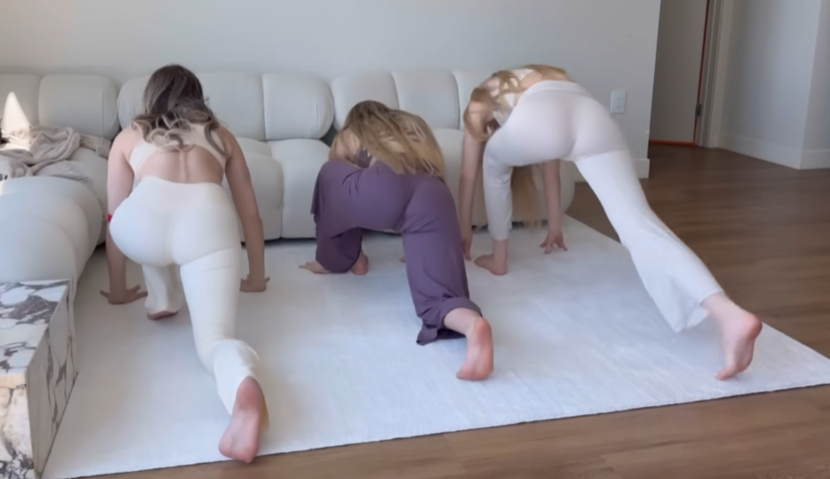
Conclusion
A deep stretching yoga flow is more than a physical routine—it’s a meditative journey inward. It reminds us to slow down, listen, and care for ourselves in a gentle, respectful way. Whether you practice this flow in the morning to open your body for the day, or in the evening to wind down, it offers a peaceful sanctuary from the hustle of daily life. Over time, you’ll not only gain flexibility, but also a greater sense of inner peace and resilience.
So roll out your mat, breathe deeply, and surrender into stillness. Let the stretches melt away your tension and return you to a place of calm and balance—one mindful pose at a time.
